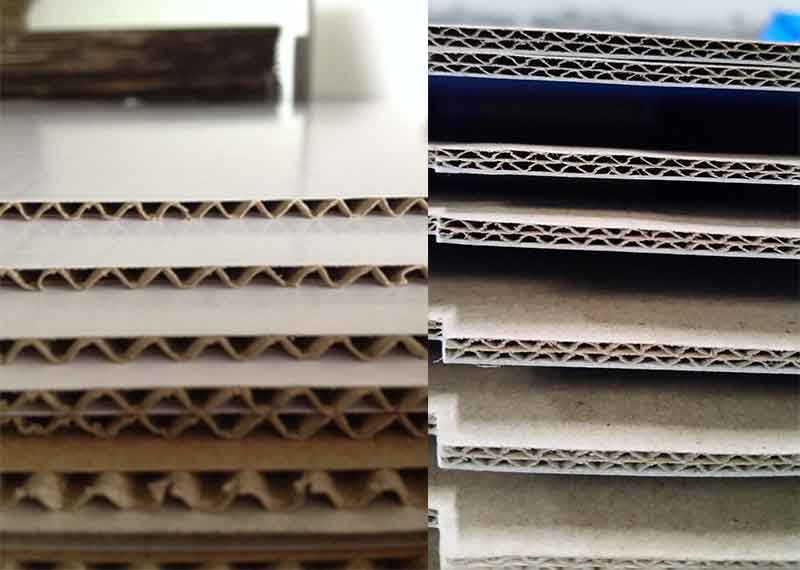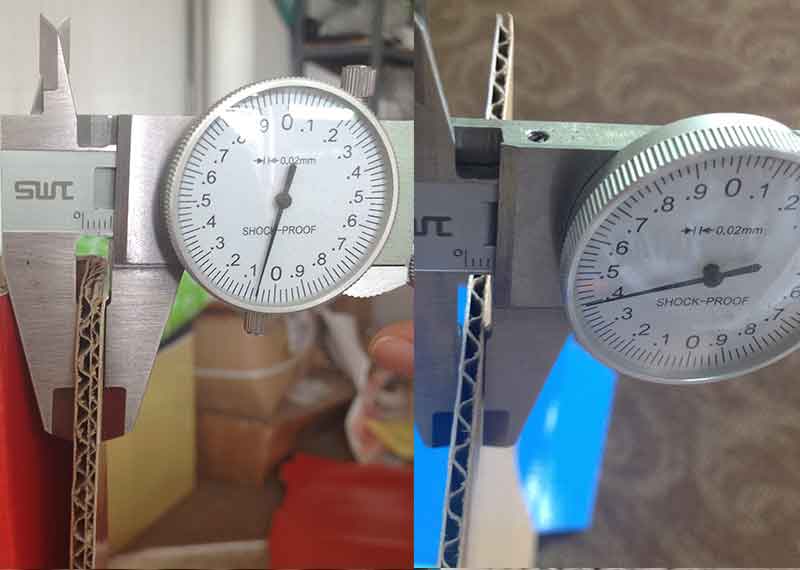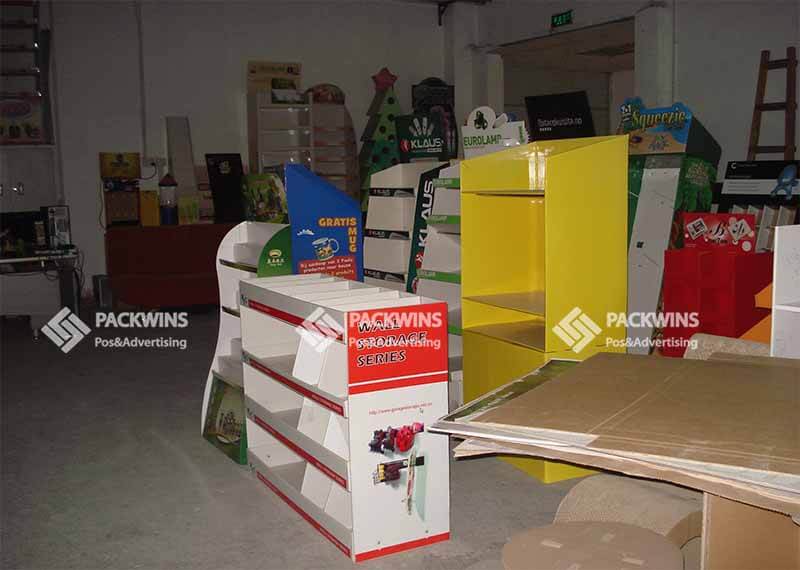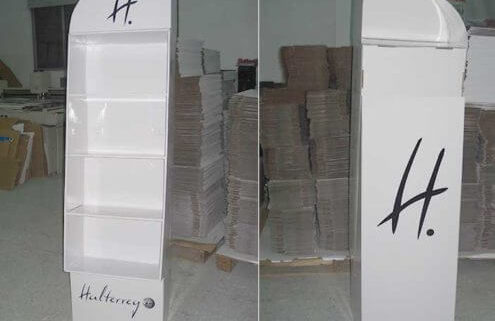How to Ensure Stability and Durability in Cardboard Displays
Cardboard displays are a popular choice for showcasing products in retail spaces. They are lightweight, cost-effective, and customizable. However, stability and durability in cardboard displays are essential to ensure they perform well in busy retail environments. A poorly constructed display can collapse or wear out quickly, damaging your products and your brand’s reputation.
Here’s how to design and produce cardboard displays that are both stable and durable.
1. Choose the Right Cardboard Material
The foundation of a sturdy display is high-quality material. Not all cardboard is created equal, so it’s important to choose the right type for your display’s purpose.
- Corrugated Cardboard: This type of cardboard, with its fluted inner layer, provides strength and durability. It’s ideal for heavier products or larger displays.
- Double-Wall or Triple-Wall Construction: For added strength, opt for cardboard with multiple layers. These options can handle higher weight loads and resist wear and tear.
- Moisture-Resistant Options: If your display might be exposed to moisture, choose cardboard treated with water-resistant coatings to maintain its integrity.
Selecting the right material ensures your display can support products and withstand retail conditions.


2. Reinforce Structural Integrity
Even the best materials need proper reinforcement to ensure stability.
- Support Struts and Beams: Adding internal supports, such as struts or crossbeams, can increase the load-bearing capacity of the display.
- Weight Distribution: Ensure the design evenly distributes weight across the structure to prevent tipping or collapsing.
- Base Stability: A wide and sturdy base is critical for preventing the display from toppling over, especially in high-traffic areas.
Incorporating reinforcements into the design will make your display stronger without compromising its appearance.
3. Design with Load-Bearing in Mind
The design of your display should account for the weight and shape of the products it will hold.
- Adjustable Shelves: Shelves should be designed to hold the weight of the products without sagging. Consider using extra supports for heavier items.
- Stacking and Alignment: Avoid overloading shelves or stacking products too high, which can compromise stability.
- Product Placement: Position heavier products at the bottom of the display to keep the center of gravity low and reduce the risk of tipping.
A well-thought-out design ensures your display remains functional and stable.

4. Secure Connections and Joints
Weak connections between display components can lead to instability.
- Interlocking Tabs: Use interlocking tabs to secure parts of the display without relying solely on glue or tape.
- Strong Adhesives: If adhesives are used, ensure they are strong enough to hold under pressure and environmental changes.
- Screws or Clips: For reusable displays, consider using screws or clips for added stability and ease of assembly.
Ensuring secure connections between parts will make your display more durable and less prone to failure. You can also try local suppliers if you have a very tight shedule, like CreativeDisplayNow.
5. Test for Stability and Durability
Before deploying your display, conduct thorough testing to identify potential weaknesses.
- Weight Tests: Test the display with the maximum intended product load to ensure it can handle the weight.
- Drop and Vibration Tests: Simulate real-world scenarios like bumps or knocks to see if the display stays intact.
- Environmental Testing: Expose the display to conditions it might face, such as humidity or temperature changes, to evaluate its durability.
Testing allows you to address issues before the display reaches the store, saving time and preventing mishaps.
6. Consider the Retail Environment
Your display should be designed to thrive in the specific retail environment where it will be placed.
- Traffic Flow: In high-traffic areas, ensure the display is sturdy enough to withstand bumps and accidental pushes.
- Floor Surface: If the display will be placed on uneven or slippery surfaces, include non-slip pads or adjustable bases to improve stability.
- Reusable Displays: For displays intended for multiple uses or locations, use modular designs that are easy to disassemble and reassemble without losing durability.
Adapting to the retail environment ensures your display remains stable and functional.
7. Train Staff on Proper Assembly and Maintenance
Even the most durable display can fail if it’s not assembled or maintained properly.
- Clear Instructions: Provide detailed assembly instructions to ensure the display is set up correctly.
- Regular Checks: Train staff to inspect the display periodically for signs of wear, such as sagging shelves or loose connections.
- Repairs and Adjustments: Teach staff how to make minor repairs or adjustments to keep the display in top condition.
Proper handling extends the lifespan of your display and keeps it safe for use.
Conclusion
Stability and durability are key to the success of any cardboard display. By choosing high-quality materials, reinforcing the structure, and designing with the retail environment in mind, you can create displays that are both functional and long-lasting. Testing and proper assembly further ensure your displays maintain their integrity, protecting your products and your brand reputation.
Looking for reliable, durable cardboard displays? Packwins specializes in custom solutions designed to stand up to the demands of retail environments. Let’s work together to create displays that make an impact and last.




Leave a Reply
Want to join the discussion?Feel free to contribute!